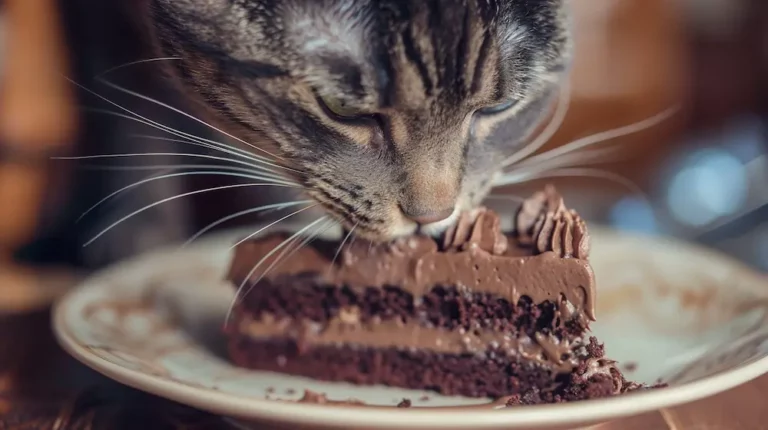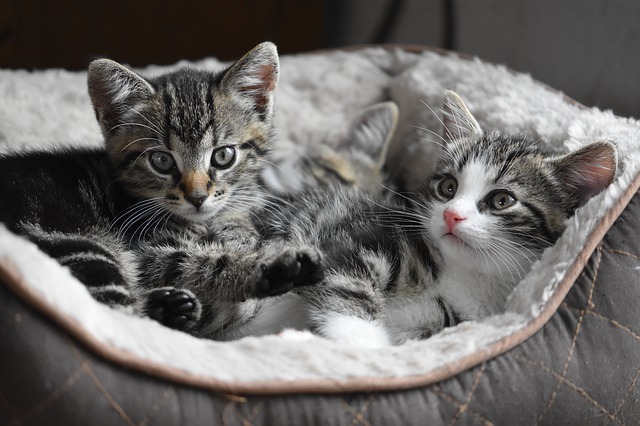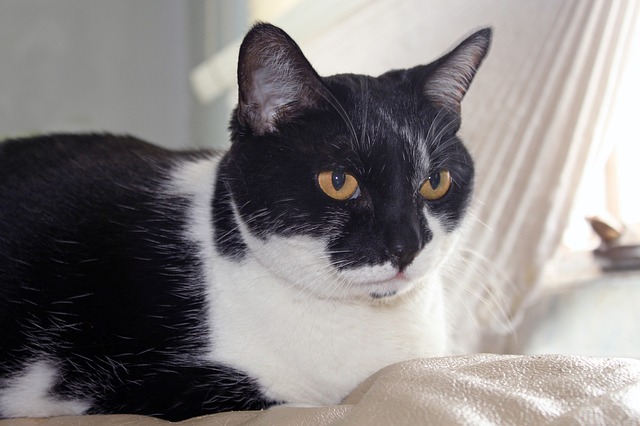Does Wet Cat Food Help with Weight Management?
Cat obesity is a growing concern, with significant implications for feline health, including diabetes, joint issues, and reduced lifespan. Diet plays a crucial role in managing a
Wet
This article explores the nutritional aspects of wet
Understanding Cat Nutrition

Understanding
Nutritional Requirements of Cats
Cats are obligate carnivores, meaning their diet must primarily consist of meat. Their nutritional needs include:
- Proteins: Essential for muscle development and overall health, proteins should make up a significant portion of a
cat ‘s diet. - Fats: Healthy fats provide energy and support skin and coat health. They also aid in the absorption of fat-soluble vitamins.
- Carbohydrates: While cats require fewer carbohydrates than dogs, some carbs can provide energy and fiber.
- Vitamins and Minerals: Essential for various bodily functions, including immune support and bone health, these nutrients must be balanced in their diet.
Understanding these requirements helps pet owners select the right food to meet their cats’ specific needs.
Comparison Between Wet and Dry Cat Food
Wet and dry
- Nutritional Differences: Wet food generally contains higher protein levels and lower carbohydrates compared to dry food. This composition is more aligned with a
cat ‘s natural dietary needs. - Hydration Benefits of Wet Food: Wet
cat food contains approximately 70-80% moisture, which aids in hydration. This is particularly beneficial for cats that do not drink enough water, as proper hydration is vital for kidney health and overall well-being.
These differences highlight the importance of considering both types of food when planning a
Benefits of Wet Cat Food for Weight Management

Wet
Moisture Content and Its Role in Satiety
The high moisture content in wet
Lower Calorie Density
Wet
Potential for Better Portion Control
Wet food often comes in pre-measured cans or pouches, allowing for easier portion control. Pet owners can accurately measure out servings based on their
Flavor and Palatability for Picky Eaters
Many cats prefer the taste and texture of wet food over dry kibble. The enhanced flavor profiles can entice picky eaters to consume more nutritious meals that support weight management goals. By choosing palatable wet food options, pet owners can ensure their cats enjoy their meals while adhering to dietary restrictions.
The Role of Protein in Weight Management
Protein plays a vital role in maintaining a healthy weight for cats. Understanding its importance can help pet owners make better dietary choices that support their feline companions’ overall health. This section will explore the significance of high protein diets, comparing sources in wet versus dry food and discussing their impact on muscle mass and metabolism.
Importance of High Protein in Feline Diets
Protein is crucial for maintaining muscle mass during weight loss. High-protein diets help preserve lean muscle while promoting fat loss, which is essential for healthy weight management in cats. Ensuring that a
Comparison of Protein Sources in Wet Versus Dry Food
Wet
Impact on Muscle Mass and Metabolism
Adequate protein intake supports muscle mass retention during weight loss efforts. Cats with higher muscle mass tend to have better metabolic rates, which aids in effective weight management. Therefore, selecting wet foods with high protein content can be beneficial for maintaining a healthy metabolism while managing weight.
Considerations When Choosing Wet Cat Food
When selecting wet
Ingredients to Look For
When selecting wet
- Quality Protein Sources: Look for real meat or fish listed as the first ingredient.
- Minimal Fillers and Artificial Additives: Avoid foods with excessive fillers like corn or soy and artificial preservatives that do not contribute to nutrition.
These considerations ensure that the chosen wet food supports overall health while aiding in weight management.
Caloric Content and Portion Sizes
Understanding the caloric content of wet
Consultations with Veterinarians for Personalized Recommendations
Veterinarians can provide valuable insights into a
Potential Drawbacks of Wet Cat Food
While wet
Cost Considerations
One potential drawback of wet
Shelf Life and Storage Concerns
Wet
Dental Health Considerations (Less Abrasive)
While wet food offers numerous benefits, it lacks the abrasive texture found in dry kibble that helps clean teeth during chewing. Pet owners should consider incorporating dental treats or regular dental care routines alongside wet feeding practices to maintain oral health.
Combining Wet and Dry Food
Combining both wet and dry
Benefits of a Mixed Diet
Combining wet and dry
How to Balance Wet and Dry Food for Optimal Weight Management
To achieve optimal weight management through a mixed diet, pet owners should calculate total daily caloric intake from both wet and dry foods based on their
Conclusion
In summary, wet






